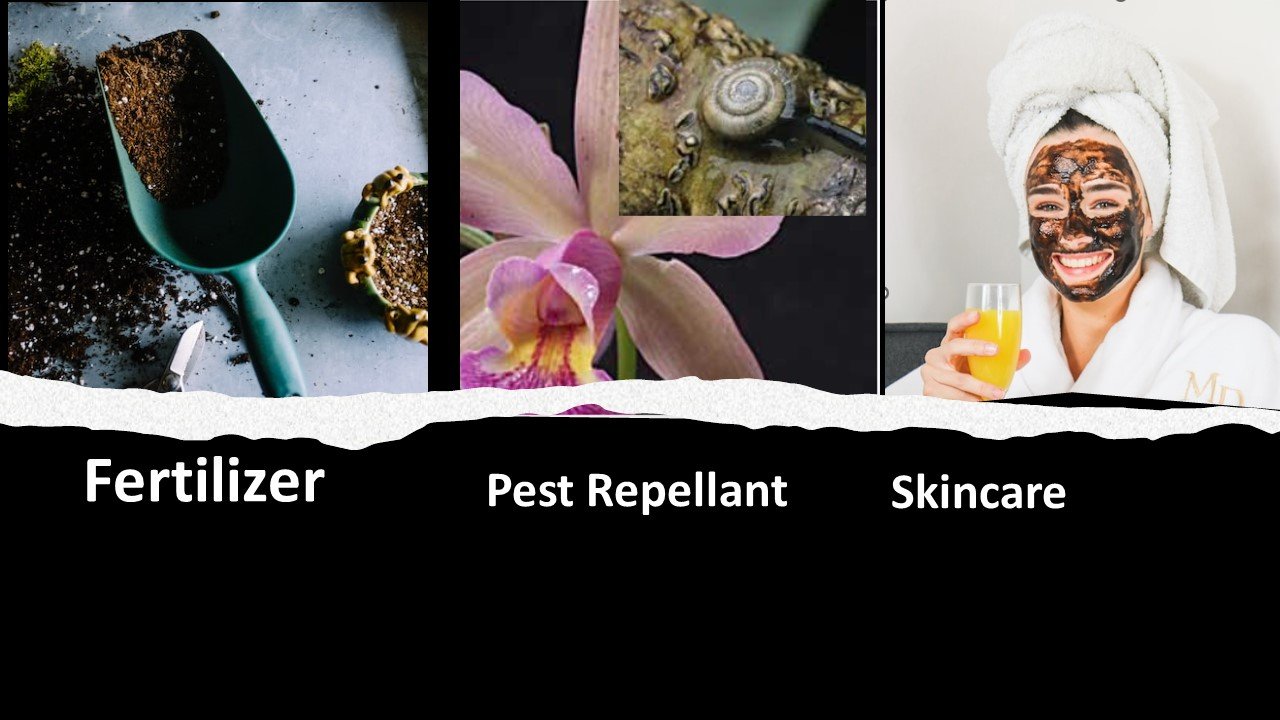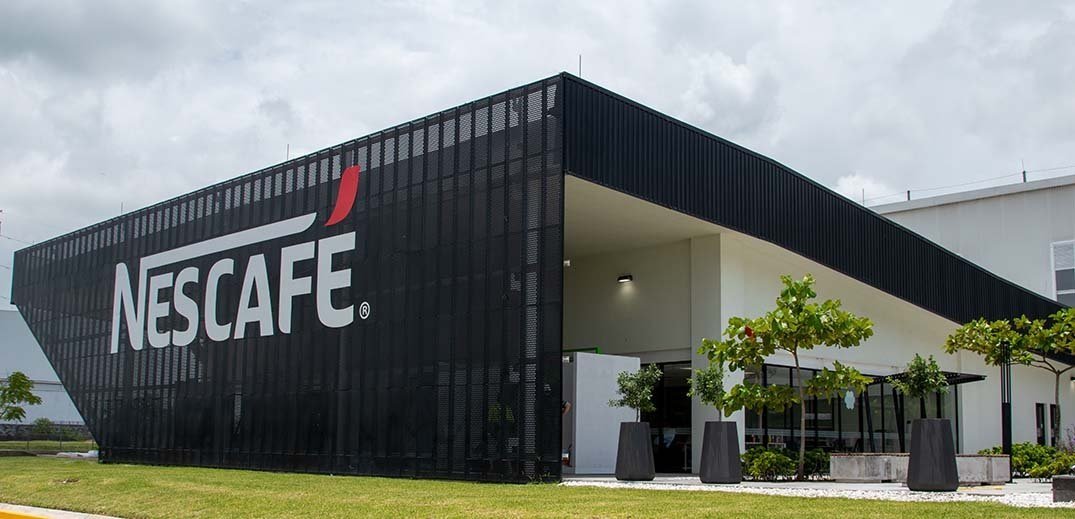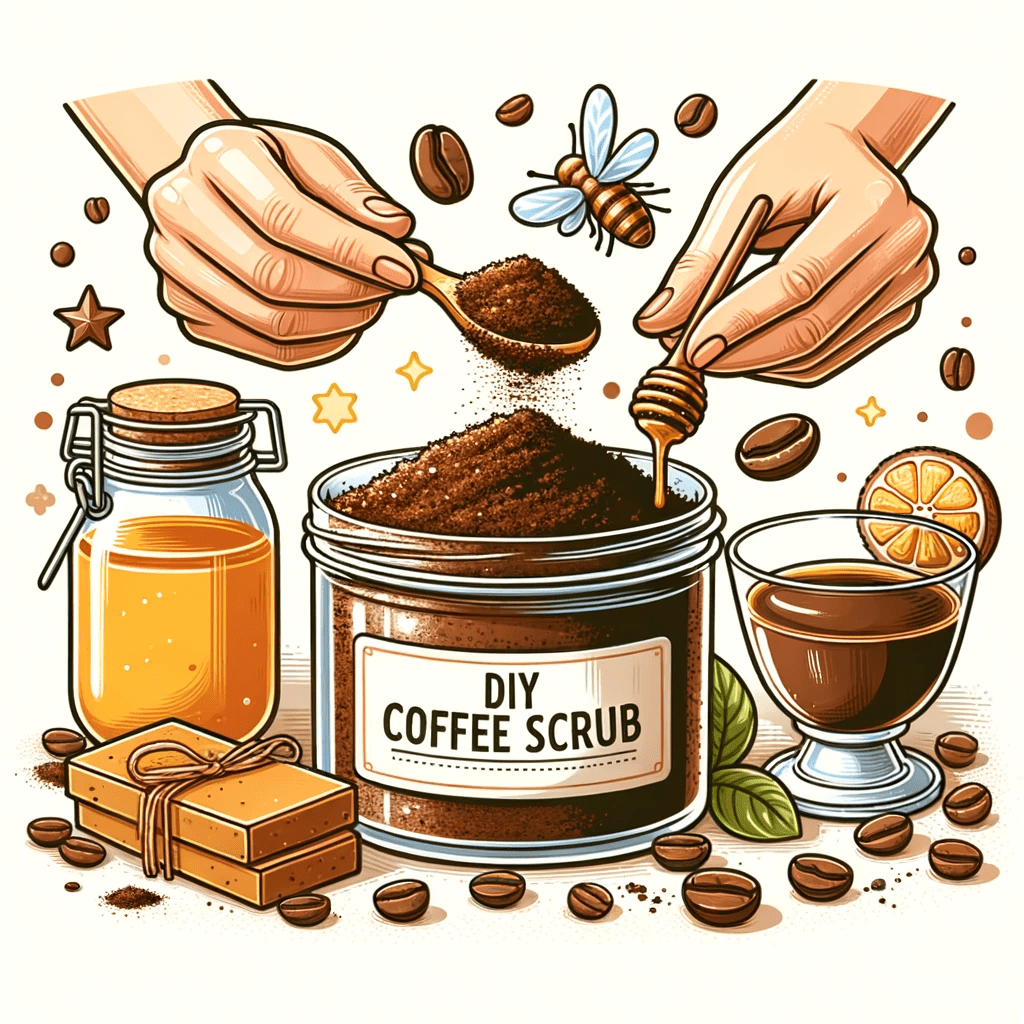We all love to recycle things or rather I do not like it when things go to waste. Most of us end up with ‘used’ coffee grounds at home when we brew, and more often than not we are guilty of just throwing it away. In this article, let us explore some of the ways to repurpose used coffee grounds. Also, let us be curious as to why they work based on scientific facts. In addition, to the home uses I also explore some of the commercial and industrial usage and how they repurpose used coffee grounds
Coffee Waste
We consume over 2.5 billion coffee cups daily and as a result, we generate a substantial amount of used (spent) coffee grounds. It is estimated that, worldwide, the total amount of spent coffee grounds (SCG) produced annually in our estimate is between 10-60 million tons. These are generated via domestic (residential) usage, commercial (coffee houses, restaurants), and industrial (soluble and instant coffee industries). Most of these coffee grounds as categorized as waste and end up in landfills.
As spent coffee is disposed of in landfills, it undergoes anaerobic degradation, emitting greenhouse gases such as methane and CO2, negatively impacting the environment.
Naturally, any innovative use of these coffee grounds can be highly beneficial both environmentally and economically.
Ways to repurpose used coffee grounds were rarely investigated until two decades ago and only now has been a significant area of study.
https://pubmed.ncbi.nlm.nih.gov/35885305/
“An average coffee shop consumes about 200 cups of coffee a day. Let us say each cup has 40 grams of coffee, which would mean that it roughly generates 8 KG of used coffee grounds as waste.”
— KAFEBEANS ANALYST
Clever Uses for Domestic Used Coffee Grounds
There are a few ingenious ways to repurpose used coffee grounds and most can be backed based on science

- Utilized as a Fertilizer
- Coffee grounds are rich in nitrogen, which makes them an excellent natural fertilizer for your garden. They can help improve the nutrient content of the soil and promote the growth of acid-loving plants. So, Can you put coffee grounds in compost? The answer is yes.
- Remember, that coffee grounds still contain caffeine and caffeine is not great for your plants, however, the level of caffeine is fairly low such that it won’t make a significant impact.
- Based on Science: Definitely!
- Nitrogen in coffee grounds is essential for chlorophyll and hence for photosynthesis. The carbon-to-nitrogen ratio of coffee grounds is as low as 11:1 but with time and further decomposition, it decreases further enriching the soil. Many blog sites claim that coffee grounds are acidic however based on science they are only slightly acidic to neutral with a pH of 6-7. With time it gets further acidic and many plants, such as azaleas, rhododendrons, blueberries, and some vegetables, prefer slightly acidic soil. Coffee grounds also contain smaller amounts of other nutrients like potassium and phosphorus. beneficial for the plants. Again, note that it has been used mainly as an enricher and cannot be overdone as these amounts are minimal.26 Plants That Like Coffee Grounds And a Few That Don’t – Gardening Channel
- Used as Pest Repellent
- Spread coffee grounds around your plants to deter and repel common garden pests like snails, slugs, and ants. The gritty texture and strong aroma can discourage these creatures from damaging your plants.
- Based on Science: Definitely!
- Research done by Oregon State University showed that using a 1% to 2% solution mixed with water caused 100% of slugs to leave the treated soil. When treated to orchids, it killed 95% of orchid snails. Coffee grounds contain compounds such as caffeine and diterpenes, which can act as a natural insecticide
- Applied as a Skincare product
- Coffee grounds make a great exfoliant. As they are insoluble in water, grounds are good at scrubbing away dead skin cells. Skin cells are vulnerable to oxidative stress-induced senescence, which may lead to abnormal aging or aging-related disorders. Coffee grounds contain antioxidants and are hence beneficial to the skin.
- Based on Science: Definitely
- Caffeic acid, an antioxidant, may boost collagen levels and reduce the premature aging of cells. Coffee is the largest source of polyphenols, which supplies a large number of antioxidants in one’s daily life. Polyphenol consumption was associated with low facial pigmented spots in this study. Caffeine also stimulates blood flow and widens, or dilates, the blood vessels. This increases blood flow, which can help the skin to naturally tighten.
- Other uses have been noted in literature, bloggers, articles
- Used as cleaning scrub (due to its coarse grain structure)
- Used as odor neutralizer (clearly due to strong aroma)
- Used as a natural dye (anyone who had experience with coffee stains will attest)
- Used as deicing agent (https://notesfrompoland.com/2021/02/09/polish-cities-use-coffee-grounds-to-clear-ice-instead-of-salt/)
While all potentially true, and make logical sense, there is not much further to explain scientifically in my opinion.
Industrial Use
The vast amount of residual waste generated annually in the production of soluble coffee requires a comprehensive waste management plan. The soluble coffee industry especially has been proactive in repurposing used coffee grounds and waste. Nestlé, the world’s biggest food company has been at the forefront of using coffee grounds at scale.
“Our best-in-class plants burn the waste coffee grounds that used to be thrown away, giving us all the fuel needed to make the steam. In India, 17% of the steam used in our factory operations is sourced from this spent coffee.”
— NESTLE
We outline some of the ways industry, scientists, and researchers have been exploring to repurpose used coffee grounds.
5. As an Alternative Fuel Source:
Many researchers have indicated that used coffee grounds can be a source for the production of biodiesel, fuel pellets, and as a fuel for commercial boilers. As noted above in the statement by Nestle, this is indeed achievable.
Research indicates that coffee grounds great raw material as biomass, with high calorific value and low ash content, allowing the production of 98% coffee pellets suitable for use as fuel.

In 2013, Bio-bean a London-based startup was formed that converted coffee grounds into fuel pellets. https://en.wikipedia.org/wiki/Bio-bean
Based on Science:
Definitely! Think there is enough evidence in the scientific literature concerning using coffee grounds as a source of fuel. Especially, studies related to their net calorific value seem to be pretty convincing. However, the production cost and unit economics are still to be validated.
6. Formulating Stronger Concrete:
- Australian engineers have claimed that one can make concrete 30% stronger by infusing coffee grounds into the raw materials during the manufacturing process. The researchers have converted waste coffee grounds into biochar, a lightweight residue similar to charcoal, and used that biochar to replace a portion of the sand required to make concrete. Based on Science: Yes but need more evidence. So far the research seems to have been published by one group of scientists but is highly promising. At the right temperature and ratio of coffee grounds, a porous structure is created in the biochar, which can thereby absorb water and release it slowly to neighboring concrete making it stronger. It is time for venture capitalists to take the technology to the next phase! Link

7. Used in manufacturing chemicals, materials, and food:
Many properties of coffee grounds make them amenable to a variety of applications
- Used in Food Products: As we know, being rich in antioxidants, extracts from coffee grounds have been experimented to be used as synthetic anti-oxidants in a variety of food-related applications. Furthermore, being rich in fiber coffee grounds have also been used in biscuits, sponge cakes, and other baked products.
- Used in Packaging & Materials: Being a rich source of polysaccharides, scientists have used coffee grounds in the production of biofilms, which are then used in packaging materials made from polymers. Coffee ground extracts have also been used as additives in making composite materials (like concretes)Based on Science: Yes, all the uses mentioned above are based on experiments done by scientists. Though commercial development, scale, and repeatability are something yet to be demonstrated. Another example, researchers have used spent coffee grounds to be reused in the building industry as an insulation material as a new bio-composite. It is being proposed to be used as a building material for its thermal and acoustic properties. https://www.ncbi.nlm.nih.gov/pmc/articles/PMC8911109/
Conclusion
In summary, with increasing global coffee consumption, the wastage created by brewing coffee is a real environmental concern. Leaving it to decompose in landfills wastes this high-carbon resource.
Coffee grounds have very clever uses in home applications such as composting, skincare, and as a pest repellant. The rich health benefits and chemical composition make it amenable to a variety of applications. Even in industrial settings, coffee grounds and their extracts have been used in creating building materials, as an alternative fuel source and experimented as additives in various food & packaging materials. The industry as a whole is getting more and more environmentally conscious, and I am glad that we are making efforts to recycle and build a sustainable ecosystem.
References
- Potential Uses of Spent Coffee Grounds in the Food Industry, Link
- Skin photoprotection and consumption of coffee and polyphenols in healthy middle-aged Japanese females, Link
- Spent coffee grounds: A review on current research and prospects, Link
- Guardian Article on stronger concrete, Link
- Used appropriately, coffee grounds improve soil and kill slugs | Oregon State University, Link
- Spent Coffee Grounds as Building Material for Non-Load-Bearing Structures, Link
- A simpler route to biodiesel from used coffee grounds (anthropocenemagazine.org)
- Spent coffee ground characterization, palletization test, and emissions assessment in the combustion process, Link
- c3ay41807c (rsc.org)
- 26 Plants That Like Coffee Grounds And a Few That Don’t – Gardening Channel

